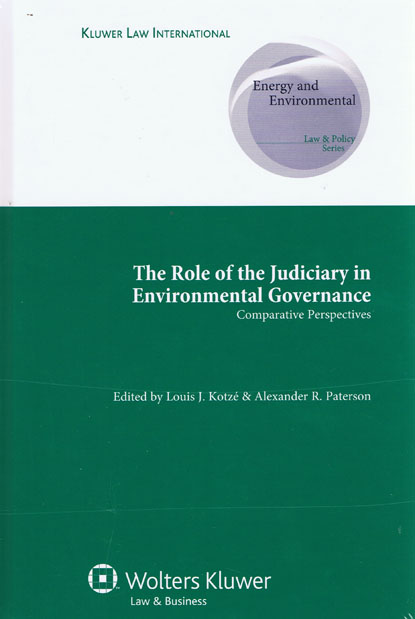
Although the concept of ‘environmental governance’ has yet to be precisely defined, it is already clear that domestic courts worldwide are playing an increasingly important role in developing, interpreting, applying and enforcing environmental law.
This important book investigates the environmental legal frameworks, court structures and relevant jurisprudence of nineteen countries, representing legal systems and legal cultures from a diverse array of countries situated across the globe. In doing so, it distils comparative trends, new developments, and best practices in adjudication endeavours, highlighting the benefits and shortcomings of the judicial approach to environmental governance.